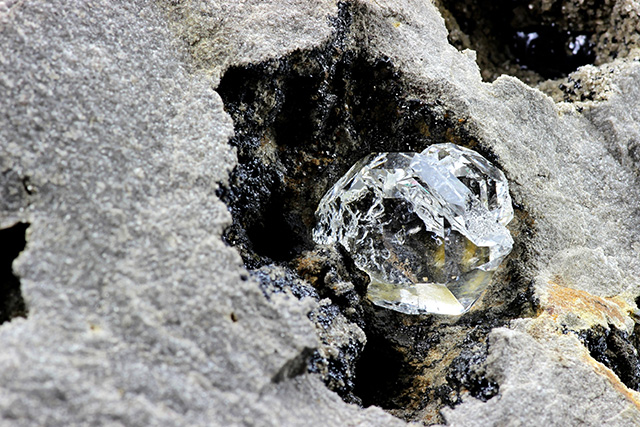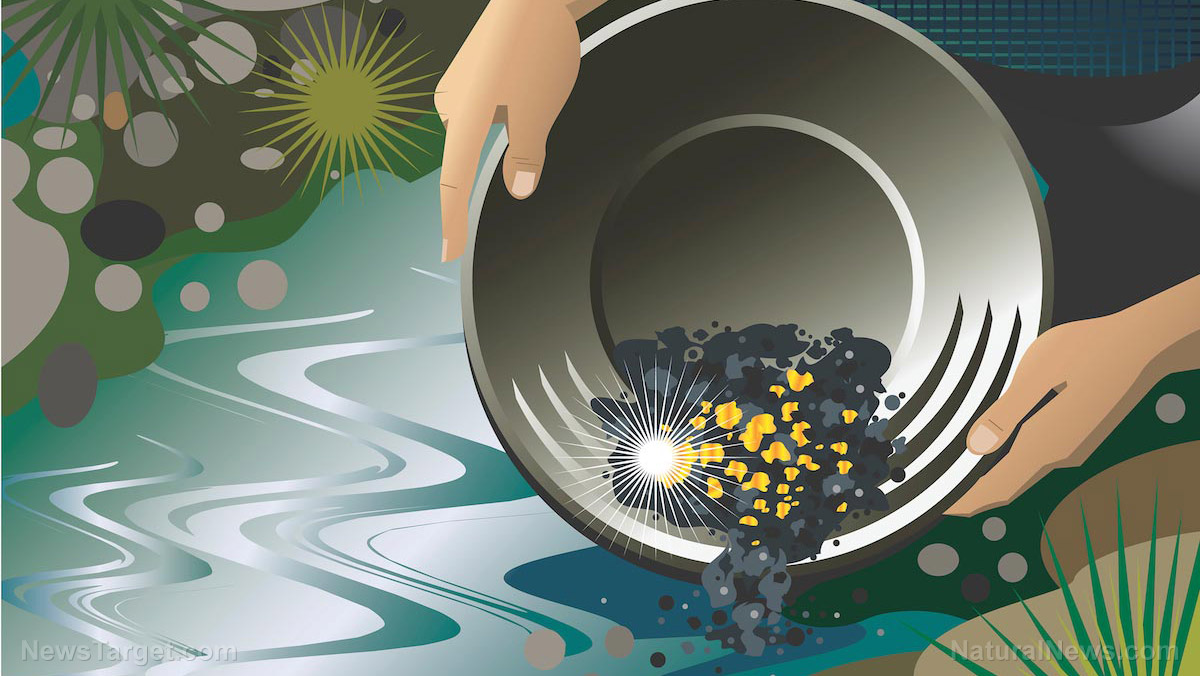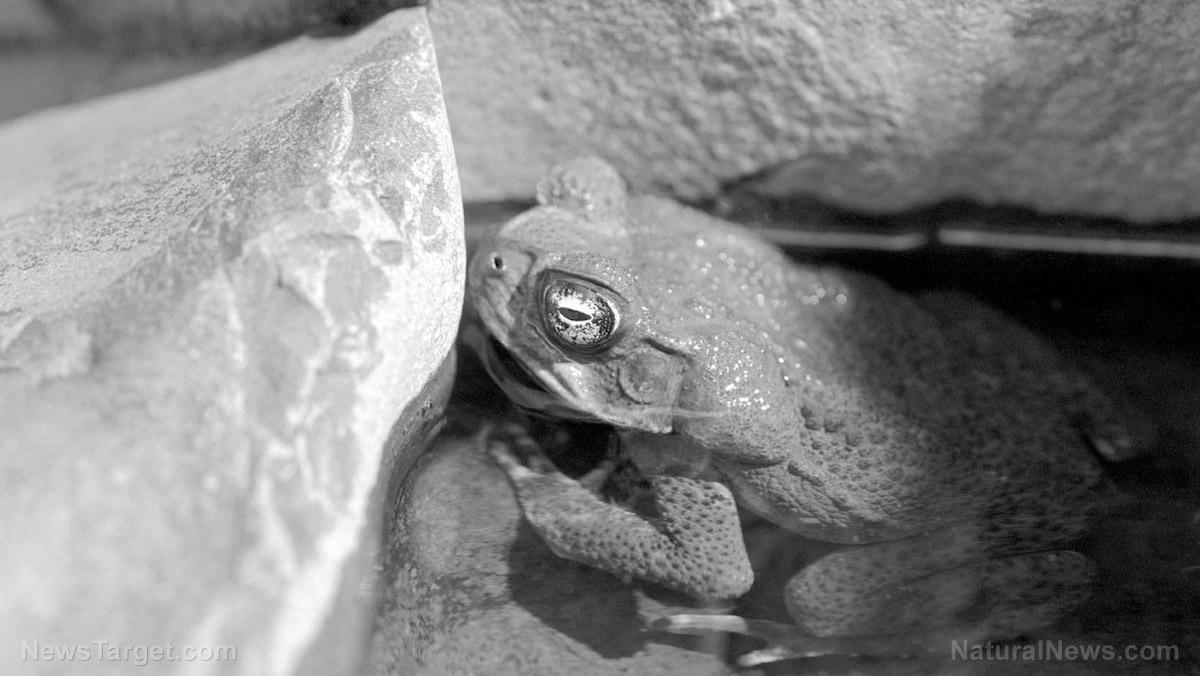
Named in honor of the geochemist Victor Moritz Goldschmidt, goldschmidtite bears an unusual chemical composition for a mineral that came from the mantle, said scientists from the University of Alberta, Northwestern University and the University of Glasgow.
The mineral came from the Koffiefontein mine, a known diamond site. Scientists analyzed an igneous rock speckled with little grains of diamond, which contain tinier bits of other minerals within them. One of the gems contained a dark green, opaque mineral that was estimated to have been formed 105 miles underground.
An unusual mineral
Diamonds are formed in Earth’s mantle. Like the core, a portion of the mantle also circulates and flows, albeit more slowly. The intense heat and pressure in the upper mantle transform carbon deposits into diamonds while rocks trap other mantle minerals in their structures. These crystals are brought to the surface by volcanic eruptions, lodged within volcanic rocks called kimberlites and lamproites.
Upon examining goldschmidtite, the authors said that the mineral is rare considering its constituent surroundings in the mantle.
“Goldschmidtite has high concentrations of niobium, potassium and the rare-earth elements lanthanum and cerium, whereas the rest of the mantle is dominated by other elements, such as magnesium and iron,” said lead researcher Nicole Meyer.
Potassium and niobium make up most of the mineral. Therefore, the researchers argued that goldschmidtite must have formed under unique processes for the rare elements to be incorporated into it. They added that temperatures must have reached 2,900 F.
This discovery could allow scientists to better understand deep-earth processes that occur within the mantle during the formation of diamonds. Because the mantle is deep underground, scientists rely on tiny mineral inclusions within diamonds to learn more about its chemistry and the processes going on beneath the surface. After identifying the mineral’s chemical composition, the researchers plan to build models for how goldschmidtite formed.
According to Graham Pearson of the University of Alberta, Meyer’s supervisor, several attempts were made in the past to name new minerals after Goldschmidt, who formalized the perovskite crystal chemistry that was also found in goldschmidtite. But these attempts were discredited.
“This one is here to stay,” said Pearson, who was also involved in a 2014 discovery of another strange mineral.
Goldschmidtite is currently displayed in the Royal Ontario Museum in Toronto. (Related: Scientists discover a trove of rare-earth metals in Japanese waters.)
Another mineral discovery
In 2014, scientists discovered the first-ever terrestrial sample of ringwoodite, a form of peridot that was previously found only in meteorites. The mineral was found embedded within a dirty-looking diamond that was purchased for 20 dollars.
Upon analyzing the ringwoodite, Pearson and colleagues discovered that it contains a significant amount of water at about 1.5 percent of its weight. This finding supports the theory that vast volumes of water are trapped between the upper and lower mantle, in what is called the transition zone located at about 255 to 410 miles beneath Earth's crust.
“This sample really provides extremely strong confirmation that there are local wet spots deep in the Earth in this area,” said Pearson.
Scientists have been divided about whether the transition zone is desert dry or full of water. In theory, the existence of water in the mantle affects how rock melts, cools and shifts. And when proven, the theory will change how geologists study volcanism and plate tectonics.
“Water changes everything about the way a planet works,” said Pearson.
Discovery.news has more on recent mineral finds.
Sources include:
Please contact us for more information.























